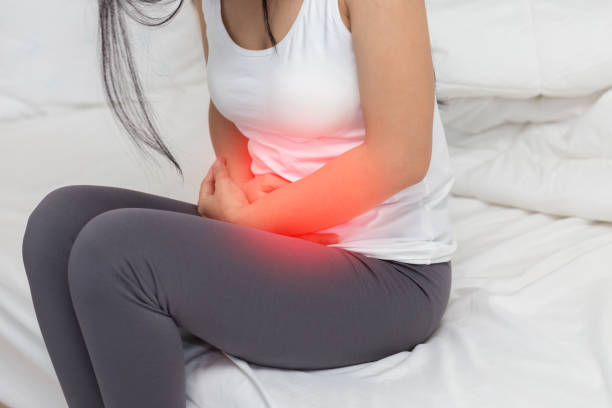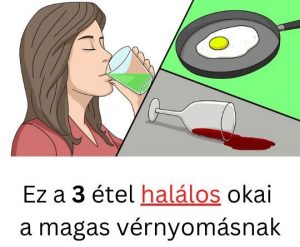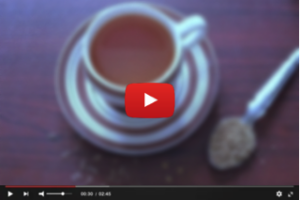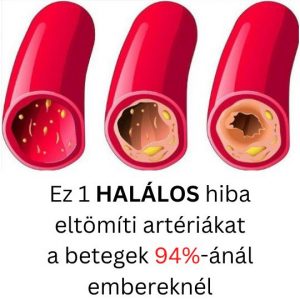The #1 Rated Blood Sugar Formula
High Blood Pressure and Women with PCOS

Data obtained from the Dallas Heart Study showed that people with PCOS had a higher prevalence of high blood pressure, regardless of race or ethnicity.2
If not controlled, high blood pressure can damage blood vessels and organs. Complications of high blood pressure include vision problems, kidney damage, heart attack, or stroke.3 Knowing and reducing your risk factors can help you minimize your risk.
Risk Factors for High Blood Pressure
- Consuming a diet high in sodium (salt)
- Being a smoker
- Lack of physical activity
- Being overweight
- Increased age
- Being African-American
- Stress
- Insulin resistance
- Family history
- Depression
- Excessive alcohol consumption
- Having other medical conditions such as high cholesterol, insulin resistance, or type 2 diabetes
- Certain medications
Measuring Blood Pressure
Blood pressure is measured by using a blood pressure cuff. A trained healthcare provider will use a stethoscope to listen for your blood pressure readings. An electronic device can also be used at home to monitor blooy using a blood pressure cuff. A trained healthcare provider will use a stethoscope to listen for your blood pressure readings. An electronic device can also be used at home to monitor blood pressure.
- The “top” number indicates your systolic blood pressure. This is a measure of the pressure in your arteries while your heart is beating.
- The diastolic reading or “bottom number,” is a reflection of your blood pressure when your heart rests between beats.
If the measurement reads 110 systolic and 70 diastolic, it would be described as "110 over 70" or written as "110/70 mmHg."
Diagnosing Hypertension
Your blood pressure is defined as normal or high.
Here are the cutoff levels, according to the Center for Disease Control:
Normal
- Systolic: less than 120 mmHg
- Diastolic: less than 80mmHg
Elevated:
- Systolic: 120–129 mmHg
- Diastolic: less than 80mmHg
Hypertension stage 1:
- Systolic: 130-139mmHg
- Diastolic: 80-89 mmHg
Hypertension stage 2:
- Systolic: 140 mmHg or higher
- Diastolic: 90 mmHg or higher
Blood pressure readings higher than 180/120 may be considered a hypertensive crisis, requiring medical treatment.3 If this occurs, contact your doctor immediately.
Prevention
Preventing high blood pressure starts with living a healthy lifestyle. Maintaining your weight, following a healthy diet, and exercising routinely are all actions that you can take now to reduce your chances of developing high blood pressure.6
Treatment
Quitting smoking if you smoke, losing weight, limiting alcohol, and increasing exercise are lifestyle changes that can help lower your blood pressure.7 And, what you eat can affect your blood pressure.
Eat Less Salt
Most Americans eat way more sodium than what’s recommended. Americans should be eating no more than 1,500 mg a day (that’s just a little over half a teaspoon of salt!), according to the American Heart Association.8 It’s not unusual for a restaurant meal to contain a day's worth of sodium.
Besides eating out, the main sources of sodium are prepared meals, frozen meals, canned foods, and of course, using the salt shaker. Reading food labels and cooking more meals at home so that you control the amount of salt that's added to your food can make a difference.
Add More Fruits and Vegetables
Yes, there really is a reason to eat your fruits and vegetables: they help lower blood pressure.6 Fruits and vegetables contain nutrients such as magnesium, calcium, and potassium, which work to counteract the effects of high sodium in our bodies.
The DASH (Dietary Approaches to Stop Hypertension) Diet is proof that fruits and vegetables help to reduce blood pressure in PCOS. In one study, people with PCOS who followed the DASH diet saw significant improvements to their blood pressure, as well as abdominal fat loss.9 Significant improvements in insulin resistance and inflammation markers were also shown.
The DASH diet recommends 4 to 5 servings each day of both fruits and vegetables.
The DASH Diet Can Be Good for Blood Pressure and PCOS
Emphasizes Nuts, Seeds, and Legumes
The DASH diet is plant-based, with an emphasis on including 4 to 5 servings a week of a variety of nuts, seeds, and legumes (lentils and peas). These foods provide a good source of fiber, and they contain magnesium and potassium to lower blood pressure.6
Don’t Forget the Fat!
Omega-3 fatty acids like those found in fatty fish, nuts, avocados, and olive oil have a blood pressure-lowering effect.
A study published in the American Journal of Hypertension compared a diet of polyphenol-rich olive oil to a diet that didn't contain any polyphenols and their effects on blood pressure. After four months, the olive oil group was linked with decreases in systolic and diastolic blood pressure.10
Medications to Treat High Blood Pressure
If diet and lifestyle interventions are not effective, or if you are still having high blood pressure, your physician can prescribe anti-hypertensive medications to help you control it.
Many different types of medications can be used, including diuretics, calcium channel blockers, ACE inhibitors, or beta-blockers.11
Diuretics
Diuretics cause your body to excrete excess salt and water, helping to lower blood pressure. Spironolactone, for example, is a potassium-sparing diuretic commonly prescribed for people with PCOS. Not only can spironolactone lower blood pressure, but it can also help with the unwanted symptoms of hirsutism, such as excessive hair growth.
Another common type of diuretic used to treat hypertension includes thiazide diuretics, such as hydrochlorothiazide.
Beta Blockers
Beta-blockers work by blocking the adrenaline hormone epinephrine to reduce your blood pressure. They also slow your heart rate.
ACE Inhibitors
ACE inhibitors relax your blood vessels so your heart doesn’t have to work so hard to pump blood through narrow vessels.
Calcium Channel Blockers
Calcium channel blockers lower blood pressure by preventing calcium from entering the muscles of the heart and blood vessels, which allows these muscles to relax—lowering your blood pressure. Some calcium channel blockers also lower the heart rate.










